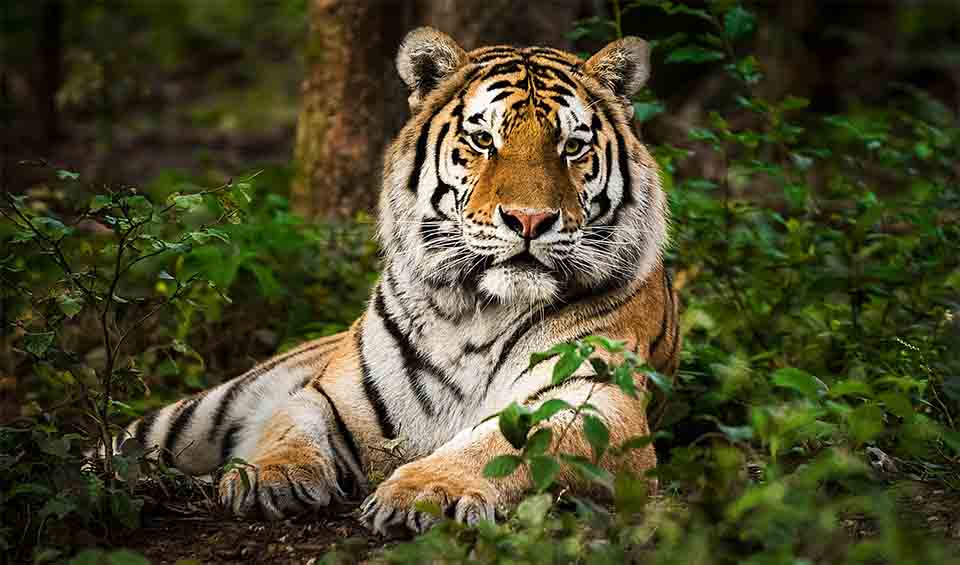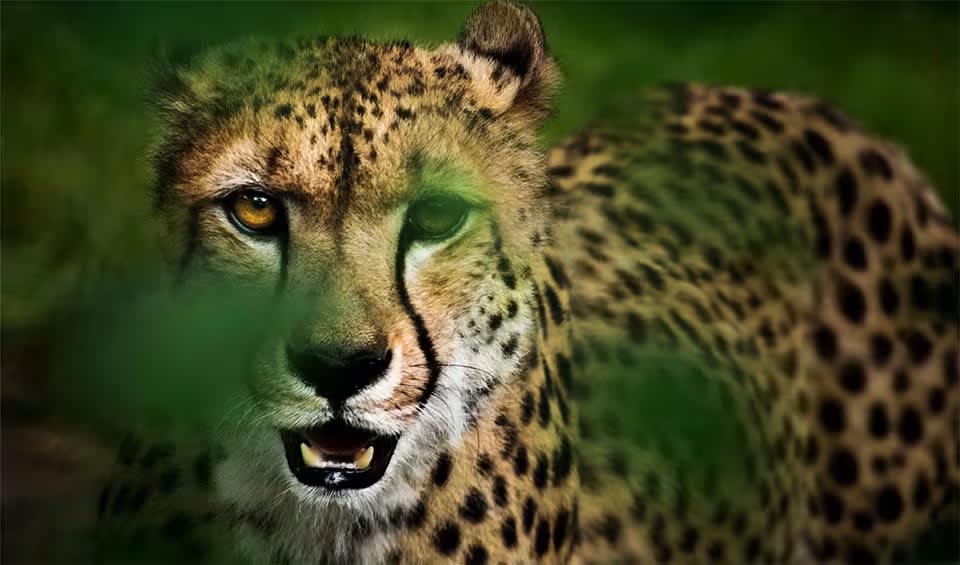A fascinating little acrobat of the treetops, known for its striking black and white coat, which makes it look like a tiny, furry zebra. The bold white stripes run from its head to its tail, and the unique ‘Y’-shaped marking on its face gives it a distinct and almost mischievous look.
This nocturnal marsupial is a skilled climber, spending most of its life leaping between tree branches in the rainforests and woodlands of northern Australia, New Guinea, and surrounding islands. Unlike many possums, the striped possum is a bit of a loner, preferring a solitary life in the trees.
One of its most unusual features is its elongated fourth finger, which is much longer than the others. This adaptation helps it extract insects and larvae from tree bark, similar to how an aye-aye of Madagascar uses its long finger to find food. It also has a particularly strong sense of smell, helping it locate tasty treats like beetles, ants, and even nectar.
Though it is closely related to the sugar glider, the striped possum doesn’t glide—it relies on its powerful limbs to scramble through the treetops at surprising speeds. It is also quite vocal, producing loud, rattling calls that sound like a mix of a growl and a chirp.
Despite being one of the lesser-known marsupials, the striped possum is not currently considered threatened. However, habitat destruction poses a potential risk to its population. For now, this quirky little creature continues to thrive in its leafy world, hidden among the trees of Australia and New Guinea.
Distribution
 Australia
Australia Indonesia
Indonesia Papua New Guinea
Papua New GuineaAnything we've missed?
Help us improve this page by suggesting edits. Glory never dies!
Suggest an editGet to know me
Terrestrial / Aquatic
Altricial / Precocial
Polygamous / Monogamous
Dimorphic (size) / Monomorphic
Active: Diurnal / Nocturnal
Social behavior: Solitary / Pack / Herd
Diet: Carnivore / Herbivore / Omnivore / Piscivorous / Insectivore
Migratory: Yes / No
Domesticated: Yes / No
Dangerous: Yes / No




